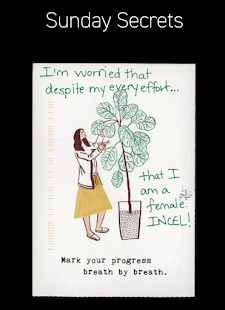E-Lit Basics: How Do we Define Electronic Literature?
In
its simplest form, Rettberg describes E-Lit as "... new forms and genres
of writing that explore the specific capabilities of the computer and network –
literature that would not be possible without the contemporary digital
context" (Rettburg 2). Developing over the course of the last 4
decades, and emerging as a relatively recent part of our written history,
electronic literature is largely viewed as one of the most prevalent mediums in
which people consume literature. At its core, what differentiates electronic
literature from written and oral traditions is the utilization of technology that
allows it to be created and consumed. Despite the word “literature” in the
title, digital literature does not solely refer to just pieces of writing
produced electronically. The term can expand to a variety of subtopics within
the digital spectrum, such as interactive storytelling, kinetic poetry, or
collaborative pieces of writing. Thus, the medium of electronic literature is
broad and not easily simplified by one genre or another; it encompasses the
works of many different digital practices underneath the title. The more that
one tries to fit a specific type of genre into the electronic literature category
as the one-true genre, the more paradoxes are created that conflict with previous
understandings and beliefs as to how the medium operates. Because digital
literature is still relatively new, its defining characteristics are still
growing, and Rettberg stresses in his readings that there is just as much to be
gained from the failures of experimentation when exploring the medium as there
is when success is cultivated.
Throughout
several sections of the first chapter, I noticed that Rettberg referenced
several specific organizations that were created for and dedicated to the
production, distribution and preservation of electronic media. I chose to examine
the ELO (Electronic Literature Organization) and went to several areas of their
website to understand what their mission was. Underneath the “Our Role” tab on
the website, the ELO appears to be one of the leading organizations in the
regulation of digital works. They pride themselves in “developing methods for
evaluating the quality of “digital” creative and critical works and its
insights into cataloging its growing body of “digital” fiction, poetry, and
other literary forms.” The ELO is also partnered with different organizations
and institutions, which work collaboratively to maintain the upkeep and
investigative practices of seeking out relevant work, while also facilitating
new ways to develop and rejuvenate digital practices.


Comments
Post a Comment